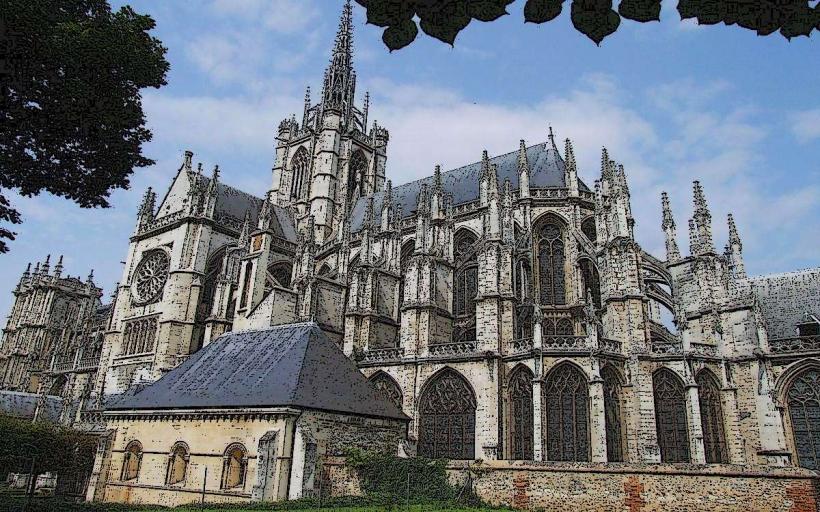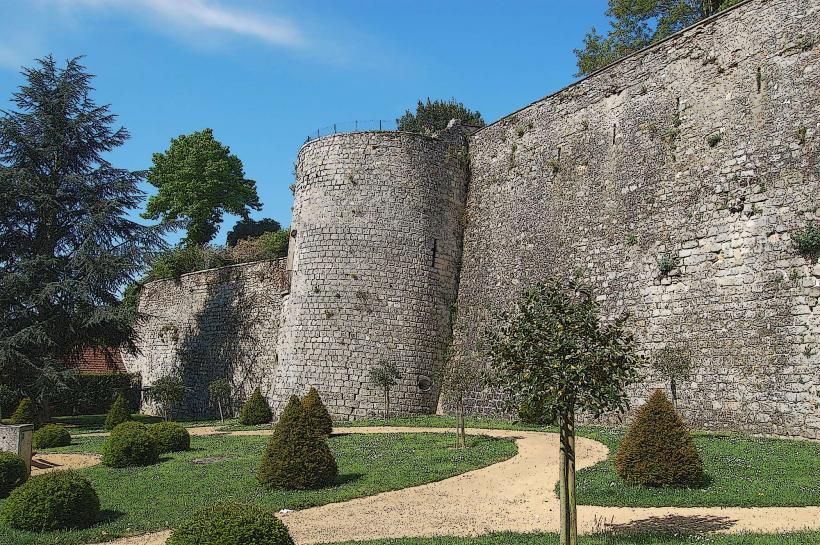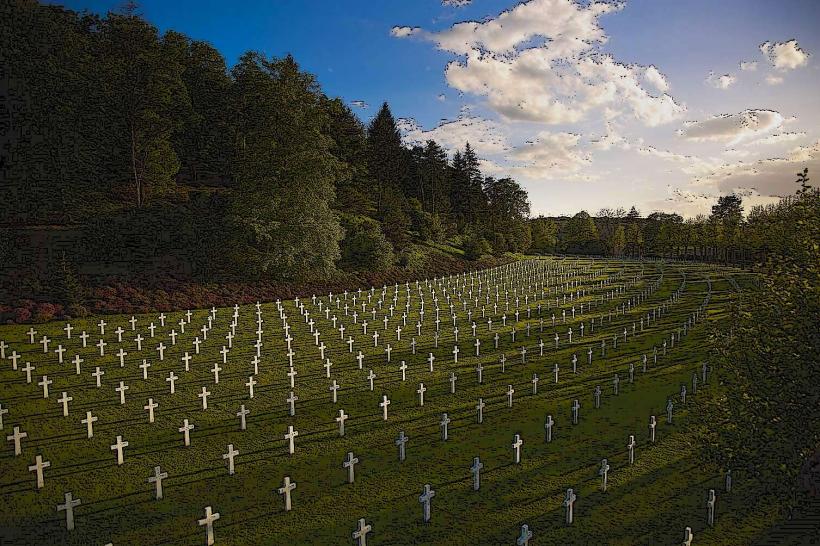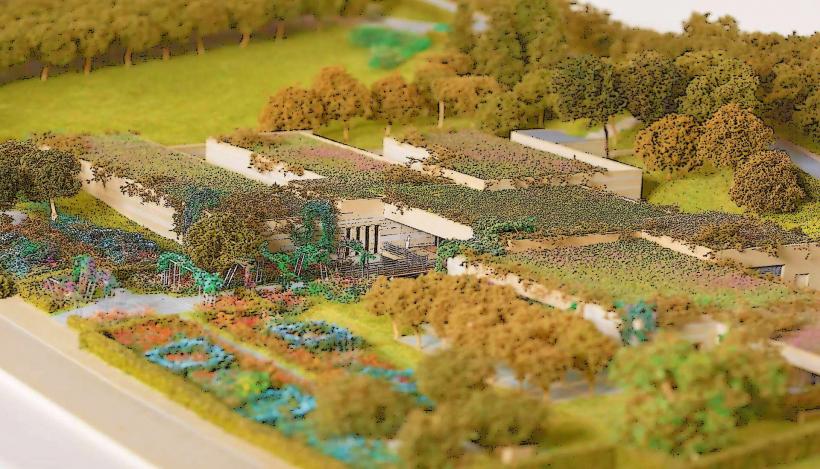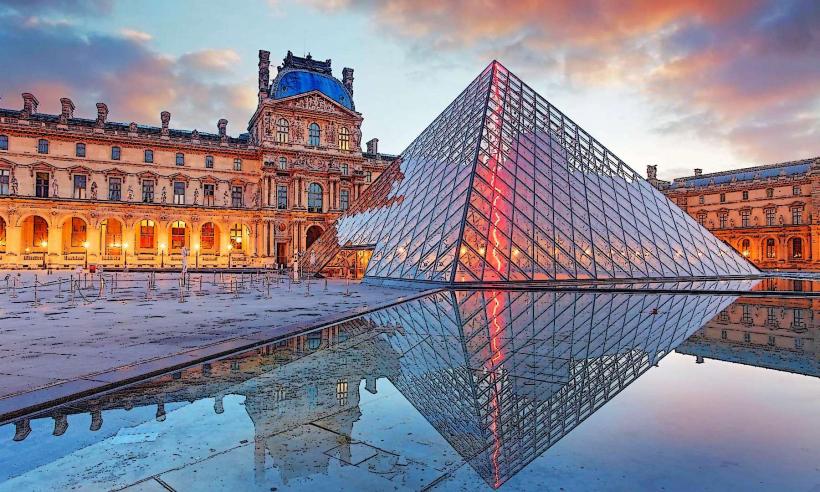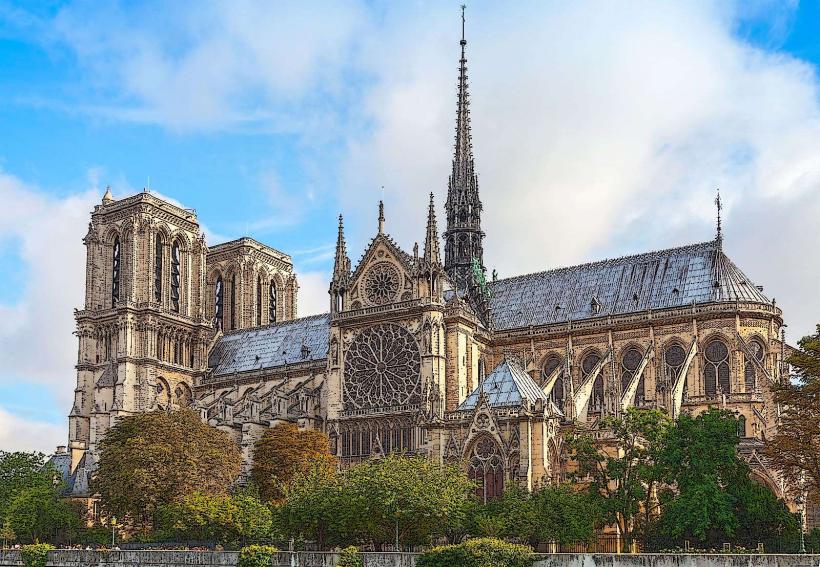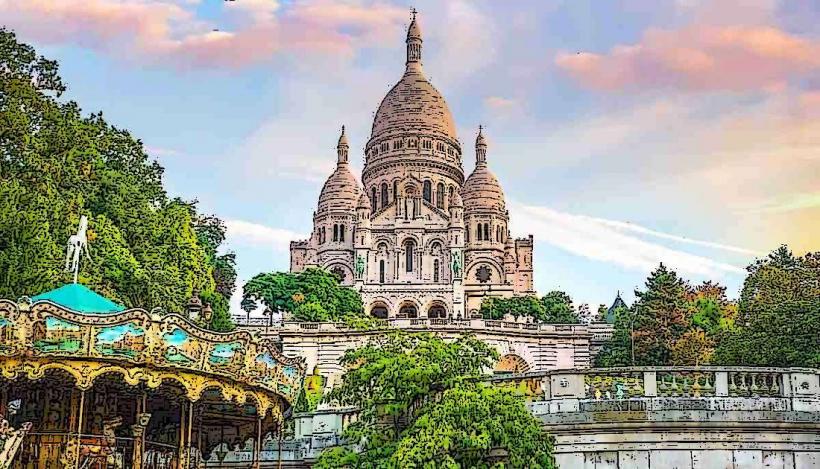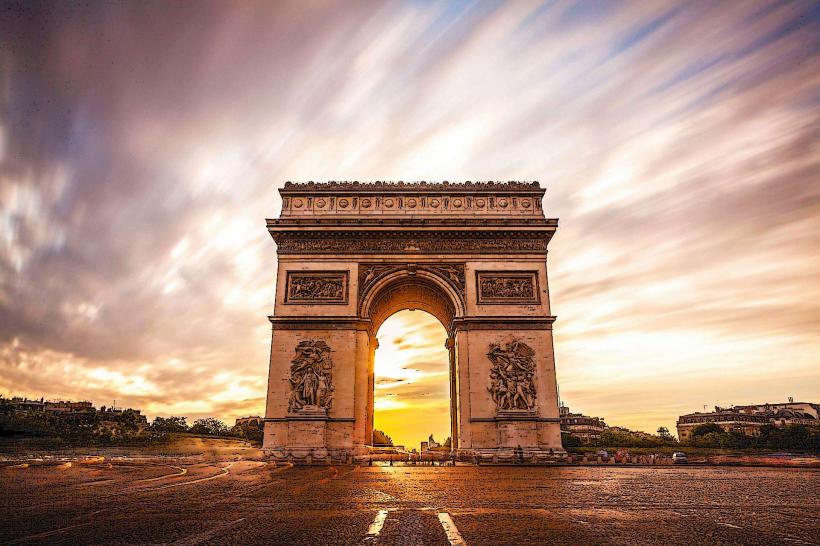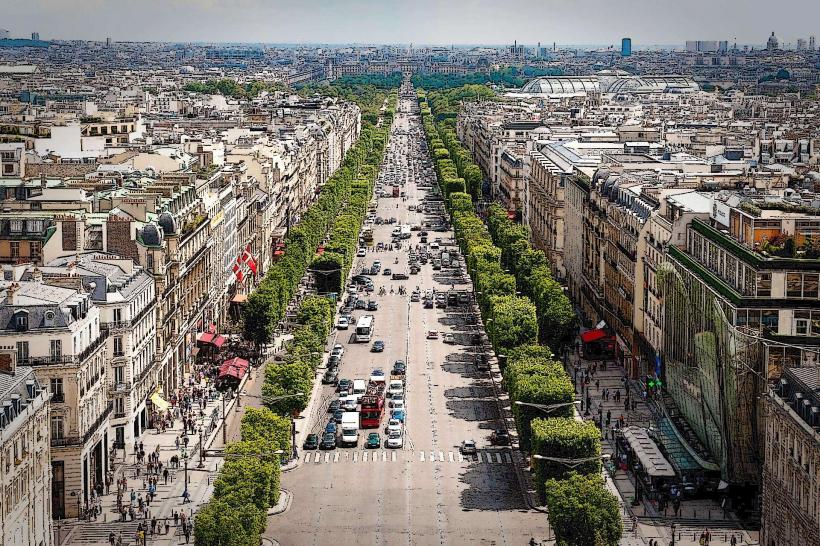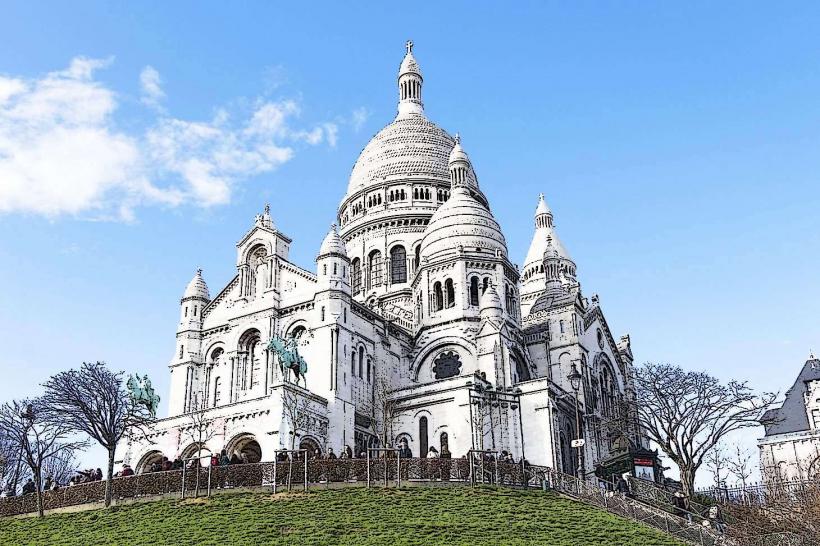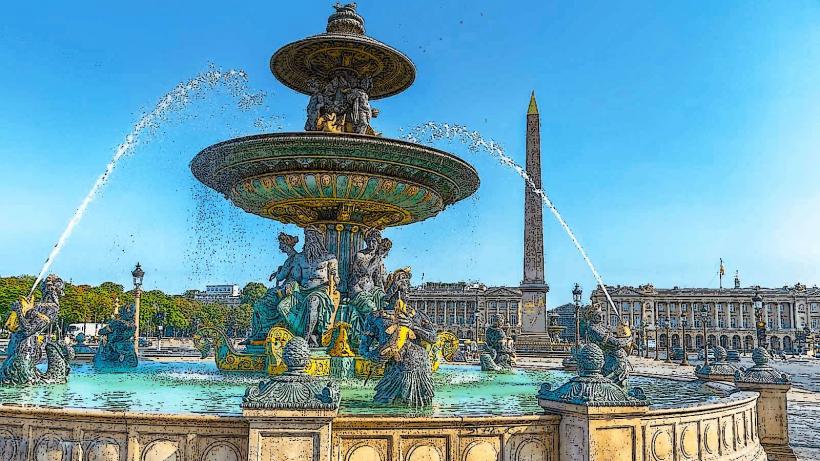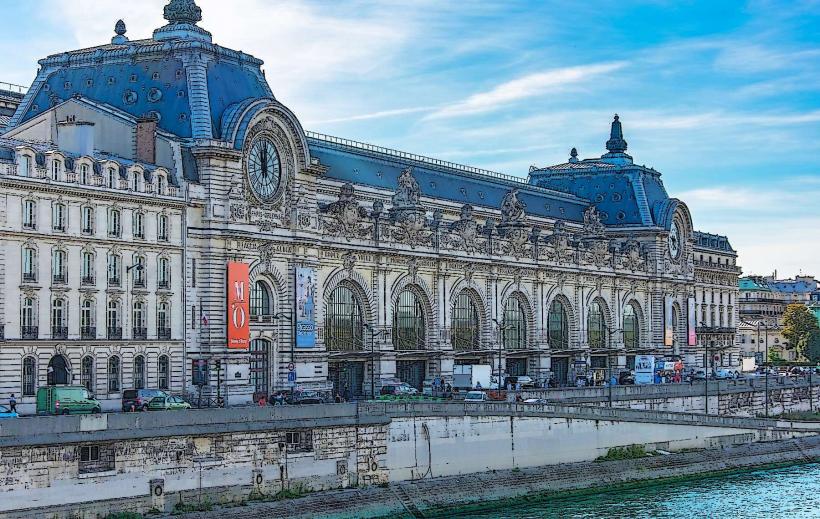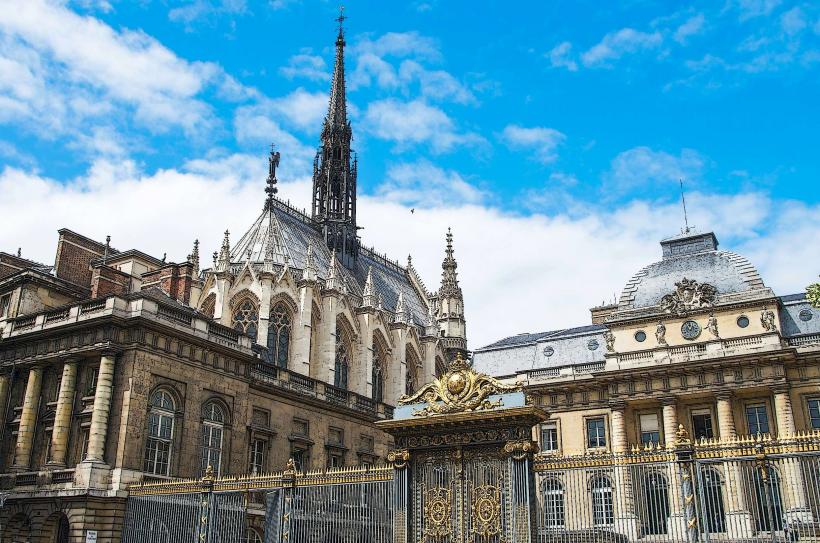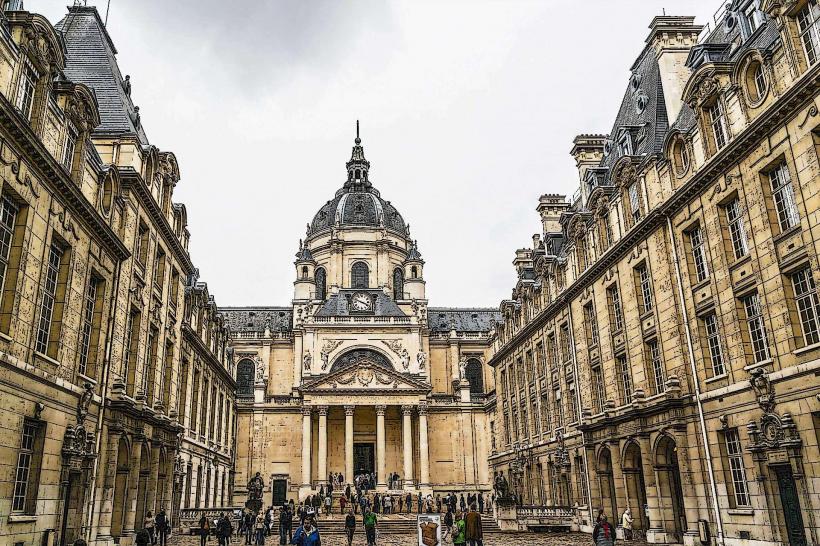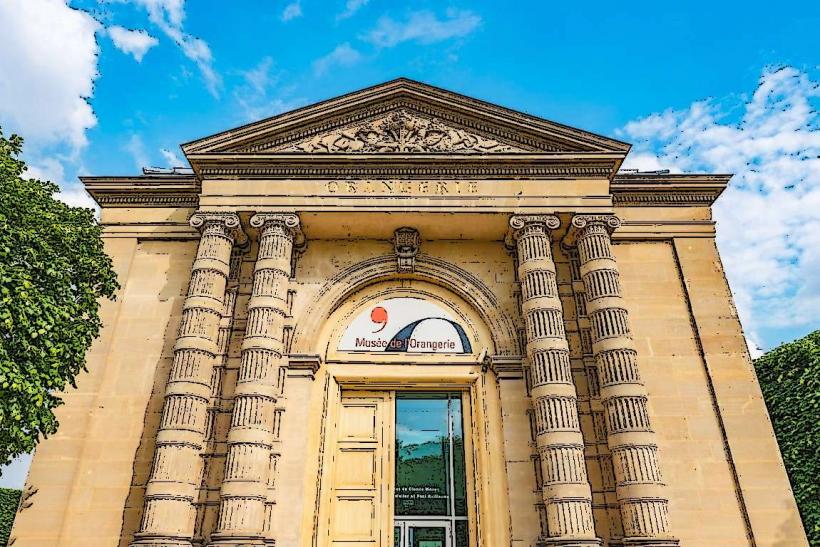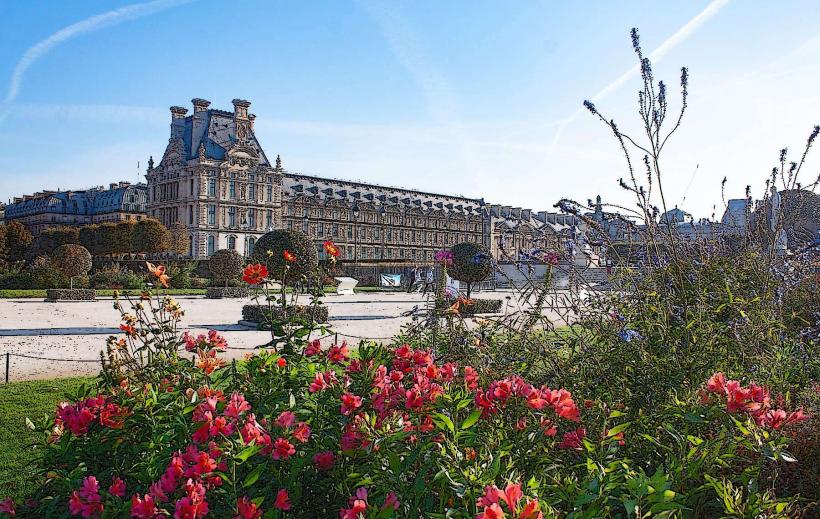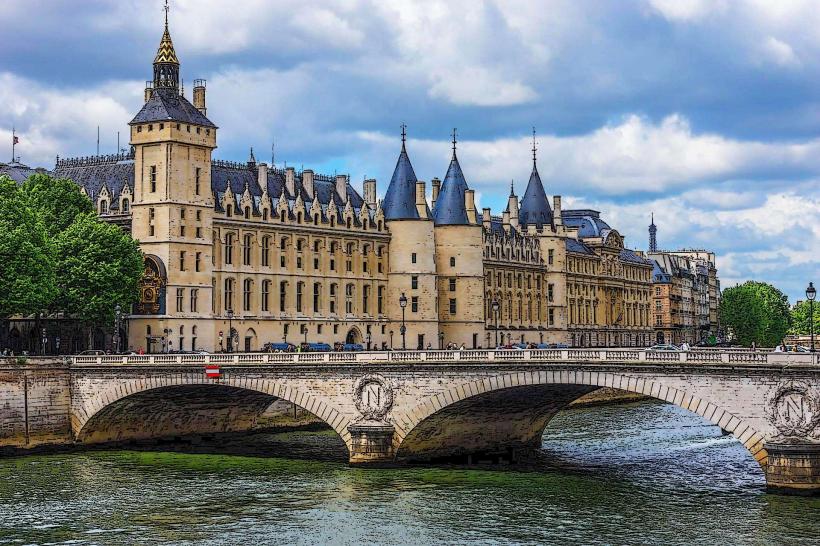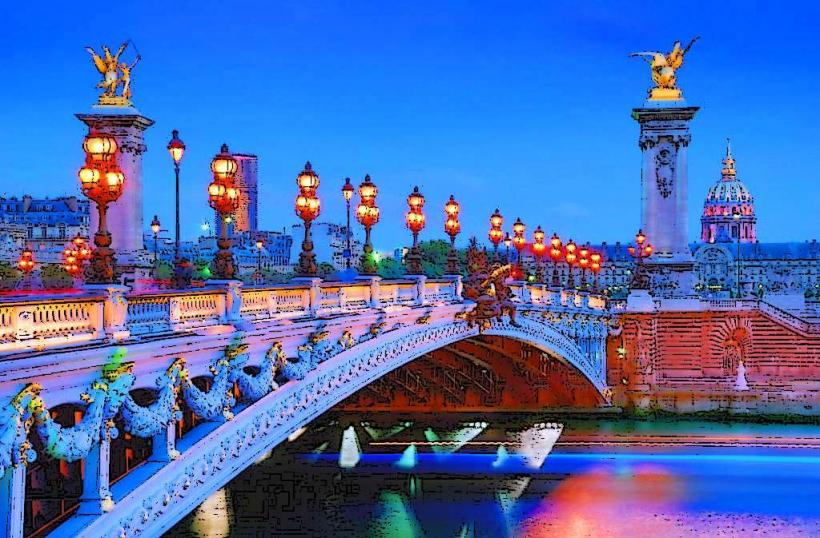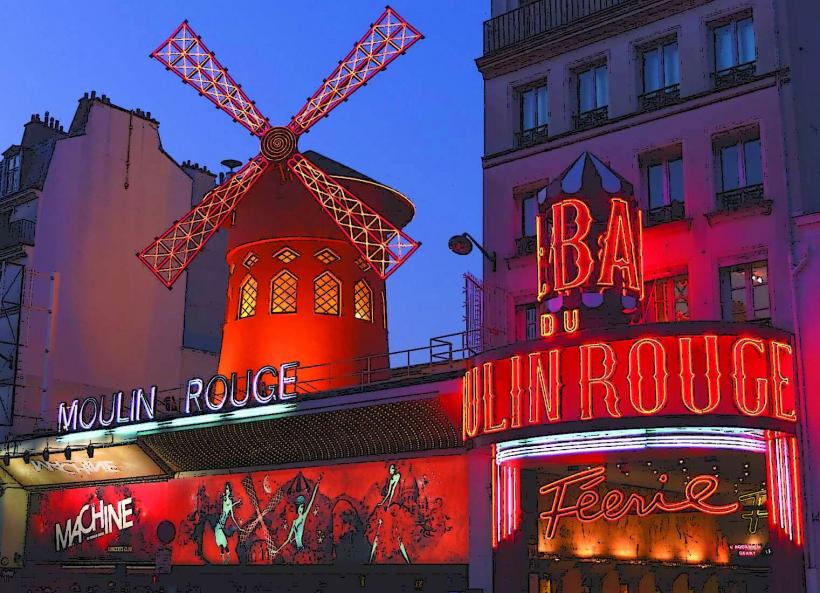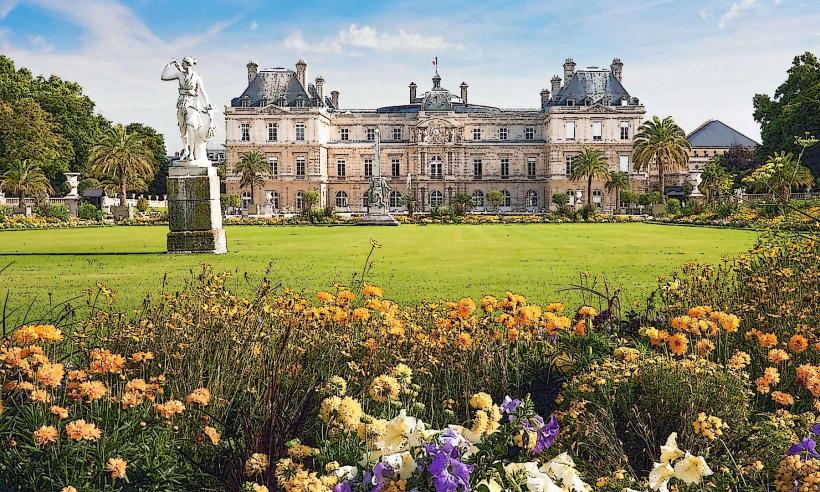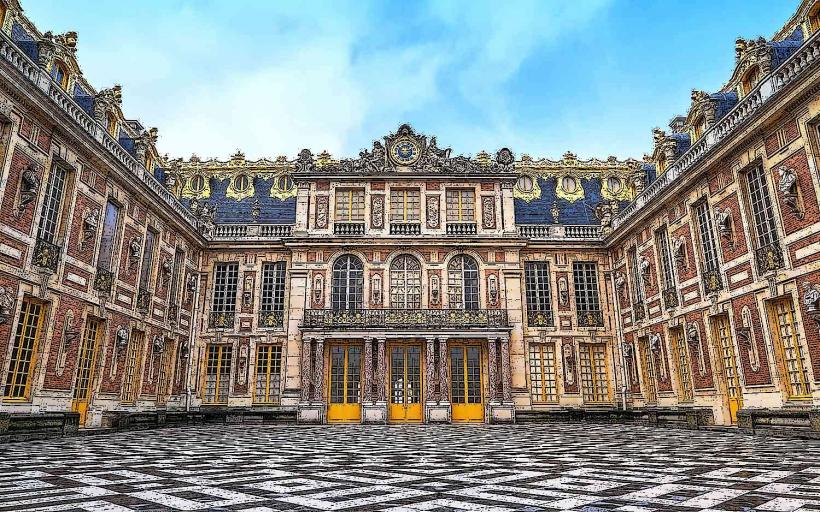Information
Landmark: PantheonCity: Paris
Country: France
Continent: Europe
The Pantheon in Paris is one of the city's most remarkable historical monuments, renowned for its stunning architecture, rich history, and role as a final resting place for some of France’s most notable figures. Originally built as a church, the Pantheon has since been repurposed as a mausoleum and secular monument, symbolizing France's commitment to honoring the country's great thinkers, writers, scientists, and leaders.
1. History of the Pantheon
Origins and Construction: Construction of the Pantheon began in 1758 under the orders of King Louis XV. After recovering from a serious illness, Louis XV vowed to build a church dedicated to Saint Geneviève, the patron saint of Paris. The task of designing the Pantheon was given to Jacques-Germain Soufflot, an influential French architect. Soufflot’s design combined neoclassical elements inspired by ancient Greek and Roman architecture with modern structural innovations. The building was completed in 1790, during the onset of the French Revolution.
Transformation to a Mausoleum: During the Revolution, the French government decided to repurpose the Pantheon as a mausoleum to honor eminent figures in French history. It officially became a "Temple of the Nation" in 1791. The change signified a shift from its religious origins to a secular and patriotic purpose, intended to celebrate the Enlightenment and revolutionary values.
2. Architectural Features
Neoclassical Style: The Pantheon is a prime example of neoclassical architecture, featuring a grand facade with a portico of Corinthian columns, reminiscent of ancient Roman and Greek temples. The pediment above the columns is adorned with a relief sculpture by David d’Angers, depicting figures representing the French Republic surrounded by influential French historical figures.
Dome: One of the Pantheon’s most striking features is its massive dome, inspired by the dome of St. Paul’s Cathedral in London and the Pantheon in Rome. The dome is constructed in three layers, allowing for both stability and an impressive visual effect from various points in Paris. At the top of the dome is a lantern that lets natural light into the interior.
Interior: Inside, the Pantheon is decorated with frescoes and sculptures, many of which depict scenes from the life of Saint Geneviève, as well as events from French history. The interior walls feature murals by Puvis de Chavannes, Gérôme, and other notable artists from the 19th century, celebrating themes of religion, nationalism, and Enlightenment ideals.
3. Foucault’s Pendulum
- Scientific Experiment: In 1851, the French physicist Léon Foucault conducted a famous experiment inside the Pantheon to demonstrate the rotation of the Earth. Foucault installed a 67-meter pendulum that swung in a constant direction while the Earth rotated beneath it, proving that the Earth was indeed moving. This experiment became known as Foucault’s Pendulum and has become one of the Pantheon’s most celebrated scientific legacies. Today, a replica of the pendulum is installed inside the Pantheon, honoring Foucault’s contribution to science.
4. The Crypt and Its Notable Figures
The crypt beneath the Pantheon is where France honors its "Grands Hommes" (Great Men), housing the remains of many celebrated French personalities. The following are some of the most notable individuals interred at the Pantheon:
Voltaire (1694–1778): One of the foremost thinkers of the Enlightenment, Voltaire was a philosopher, writer, and advocate for civil liberties. His writings championed freedom of speech, separation of church and state, and reason.
Jean-Jacques Rousseau (1712–1778): Philosopher and political theorist, Rousseau’s ideas on social contract theory and education greatly influenced the French Revolution and modern political thought.
Victor Hugo (1802–1885): The author of works such as Les Misérables and The Hunchback of Notre-Dame, Hugo is one of France’s most celebrated writers. His funeral procession drew hundreds of thousands, and he was laid to rest in the Pantheon as a national hero.
Émile Zola (1840–1902): A novelist and critic, Zola was also famous for his involvement in the Dreyfus Affair, where he wrote the open letter “J’Accuse…!” defending the wrongfully accused Captain Alfred Dreyfus. Zola's bold stance contributed significantly to the fight for justice and human rights in France.
Marie Curie (1867–1934): The Nobel Prize-winning scientist is the first woman to be interred in the Pantheon based on her own merits. Marie Curie was honored for her pioneering work in radioactivity, which laid the foundation for many advances in physics and medicine.
Alexandre Dumas (1802–1870): The famous author of The Three Musketeers and The Count of Monte Cristo was interred at the Pantheon in 2002, acknowledging his contribution to French literature and culture.
Simone Veil (1927–2017): A survivor of the Holocaust and a notable politician, Veil was known for her work advocating women’s rights and her fight against discrimination. She is one of the few women to be honored with burial in the Pantheon.
5. Symbolism and National Significance
The Pantheon has long been a symbol of French identity and values, representing the ideals of the Enlightenment, the French Revolution, and secularism. It is seen as a place that transcends religious, political, and social divisions, providing a space to honor individuals who have advanced French culture, thought, and science.
Republican Values: The Pantheon embodies the French Republic's commitment to liberty, equality, and fraternity, principles that were established during the French Revolution. Its transformation into a national mausoleum marked a shift in how France commemorates greatness, focusing on secular accomplishments and contributions to society.
Secular Significance: Unlike other places of worship, the Pantheon reflects France’s secularism and emphasis on honoring achievement beyond religious affiliation. The Pantheon has played a role in several secular ceremonies and celebrations throughout its history.
6. Visiting the Pantheon Today
Today, the Pantheon is open to the public and serves as a museum as well as a national memorial. Visitors can explore its grand architecture, beautiful interior artwork, and the crypt. From the dome, one can enjoy panoramic views of Paris, including landmarks such as the Eiffel Tower and Notre-Dame Cathedral. The Foucault Pendulum, exhibitions on Enlightenment philosophy, and the detailed history of the Pantheon’s notable figures are highlights of a visit.
The Pantheon continues to receive new inductees, as the French government honors contemporary figures who have made significant contributions to society.

